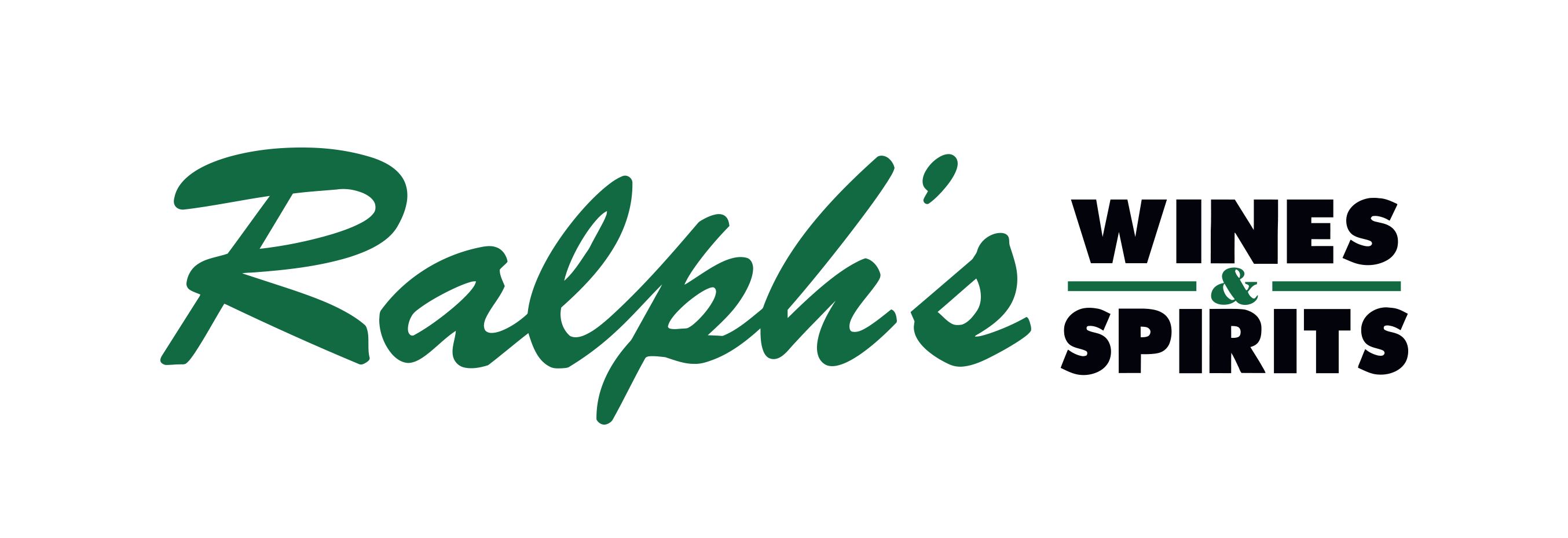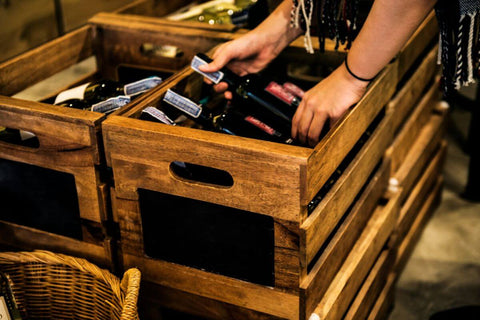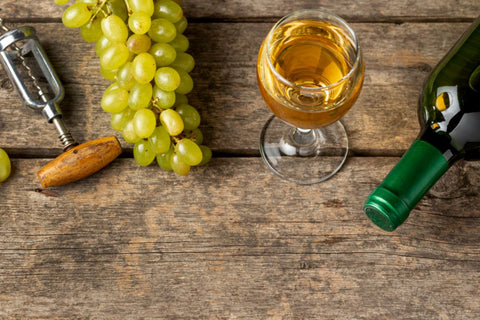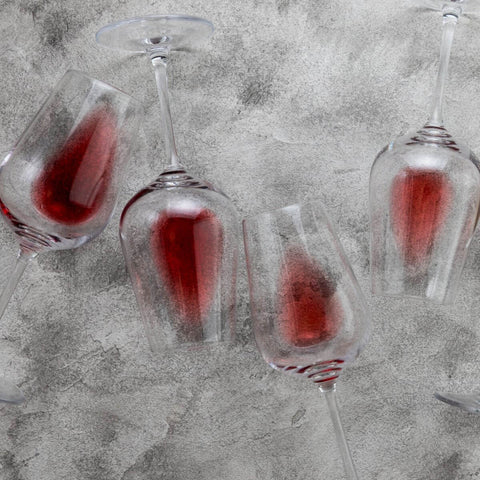What are the perfect ways to store your wine?
- Maintain a consistent temperature
- Manage humidity levels
- Store in dark places
- Position bottles horizontally
- Isolate from vibrations
Overview
- Proper wine storage is essential to preserving its quality and flavor, with consistent temperature, humidity control, and protection from light being critical factors.
- Horizontal storage keeps corks moist, preventing oxidation, while vibrations from appliances, traffic, and heavy machinery can disrupt aging and flavor development.
- Implementing these storage techniques helps maintain the integrity of wine collections, ensuring each bottle remains as enjoyable as the day it was purchased.
One of the greatest pleasures in life is curating a collection of exquisite wines, but buying a bottle is only part of the process; proper storage is equally crucial. When it comes to storing wine, it’s a matter of either 0 or 100 — because even a slight alteration in conditions can significantly affect its taste and quality.
Whether you’re a casual enthusiast or a dedicated collector, understanding how to store your wine correctly can enhance your enjoyment and preserve the integrity of each bottle. That’s why in this article, we are going to discuss the perfect ways to store wine, ensuring that every sip is as delightful as the day you purchased it.
Maintain a Consistent Temperature

Temperature directly influences the aging process, flavor development, and overall quality of the wine. When exposed to heat, the chemical reactions within the wine accelerate, leading to premature aging. On the other hand, extreme coldness can also cause the wine's components to become unstable, leading to cloudiness or the formation of crystals.
That’s why, it's important to maintain the temperature between 7°C to 18°C — this is to make sure that the wine ages gracefully and retains its desired characteristics. This temperature range also helps to slow down the aging process without freezing the wine, allowing it to develop its flavors and aromas over time.
Manage Humidity Levels
A humidity level between 50% and 70% is ideal for wine storage, as it prevents cork dryness and mold growth. Low humidity can dry out the cork, allowing air to enter the bottle and causing oxidation, which deteriorates the wine's flavor. Excessive humidity, on the other hand, can foster mold growth, tainting the wine and damaging labels.
To maintain balanced humidity, consider investing in a humidifier or moisture meter. A wine cellar conditioner can also help regulate both temperature and humidity, providing a controlled environment for your collection.
Store in Dark Places
Regardless of how long you plan to store your wine, it's crucial to keep it in a dark place. Ultraviolet (UV) light can degrade the wine, alter its flavors, and accelerate oxidation, leading to a loss of freshness and complexity.
Storing your wine in a dark environment helps preserve its integrity, ensuring it remains enjoyable for years to come.
Position Bottles Horizontally

When your wine corks are dry, it can allow the air to enter and accelerate the aging process — leading to spoilage. By storing them horizontally, their corks will remain moist and prevent oxygen from entering the bottle. This helps to maintain the wine's freshness and quality over time.
Here are some ways how you can do this:
- Use a wine rack or cellar: These storage solutions are designed to hold bottles horizontally and provide a stable environment.
- Avoid stacking bottles: Stacking bottles can put unnecessary pressure on the corks, potentially causing them to become damaged or dislodged.
- Check the bottles regularly: Inspect the bottles periodically to ensure that the corks are still moist and that there are no signs of leakage.
Isolate From Vibrations
Vibrations can disrupt the delicate sediment that naturally forms in bottles over time. When sediment is disturbed, it can mix with the wine, altering its flavor profile and appearance. Additionally, vibrations can interfere with the delicate balance of flavors that develops during the aging process.
Here are some examples of vibration sources you need to put your wines away from:
- Appliances: Washing machines, dryers, dishwashers, and refrigerators are all common culprits. Their motors and moving parts can generate vibrations that can disrupt your wine.
- Heating and cooling systems: HVAC units, especially those that are mounted on the wall or ceiling, can transmit vibrations to nearby objects, including your wine collection.
- Audio equipment: Stereo systems, speakers, and subwoofers can produce vibrations that can affect your wine, particularly if they are placed close to your wine storage area.
- Heavy machinery: If you live near a construction site or industrial area, vibrations from heavy machinery can also impact your wine.
- Traffic: Even the vibrations from heavy traffic can be transmitted to your wine storage area, especially if it's located near a busy road.
Key Takeaway
Mastering the perfect ways to store wine is essential for preserving quality and enhancing flavors. Implementing these practices will protect your investment and elevate your enjoyment of each bottle.
Ready to elevate your wine storage? Visit Ralph's Wines and Spirits for expert advice on the perfect ways to store wine and tips on selecting the right bottles for your collection! Our knowledgeable staff is here to help you find everything you need for an exceptional wine experience. Shop with us today!



